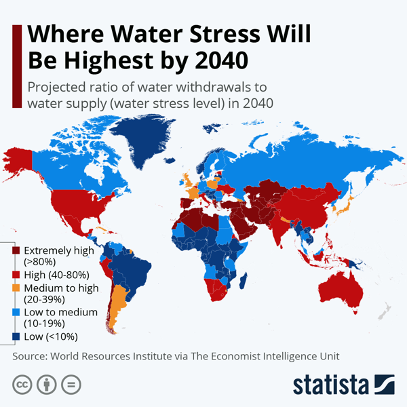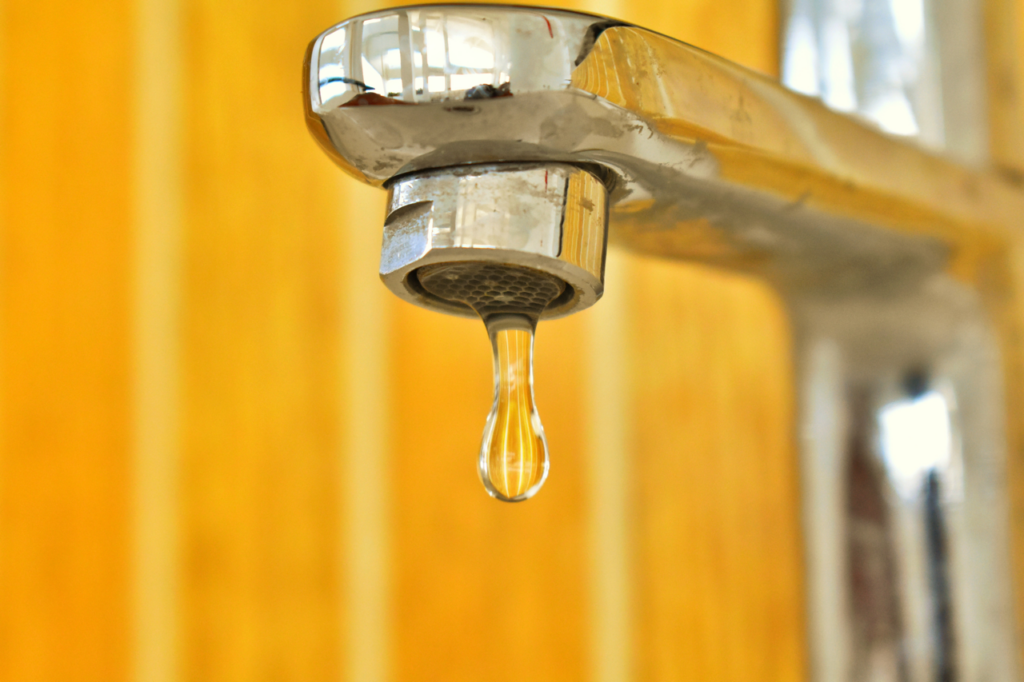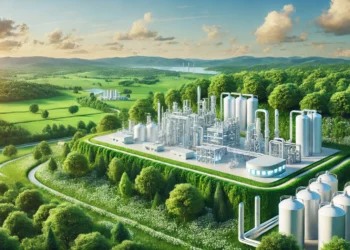Global Urban Population Growth and Impending Water Stress
In 2022, around 57% of the global population lives in urban areas and it is predicted to continue growing to 70% in 2050. The growth of population in cities inevitably comes with growing consumption of resources, including water. This raises a concern called water stress which occurs when the water demand is higher than the amount available or accessible. In addition to growing population, water evaporation is accelerated by global warming, resulting in drier soils. According to the World Resources Institute, 44 countries are predicted to have high to extremely high water-stress levels by 2040.

Cities need to find solutions to overcome the increasingly real water stress issue. They need to ensure that the water systems can fulfill not only current water demand, but also maintain sustainability over the long haul. It is important that the water infrastructure is sufficient to support the growing population. For instance, in 2018, Cape Town’s dam water storage growth could not catch up with the population growth, leading to a water shortage.
Solutions to Improve Water Situations
There are a number of solutions that could improve water situations. The first step is to build the foundation for future development by leveraging IoT technologies to gather data on existing water infrastructures. Sensors would gather detailed information on how the facilities operate and interact with other infrastructures. This type of information can help to minimise losses and enable more accurate forecasting of water consumption. End users can also benefit from the data by allowing them to monitor water usage and leaks. The next step is to upgrade the distribution network and other facilities and reduce the reliance on groundwater. Groundwater levels have been rapidly declining, primarily as a result of improperly controlled extraction and excessive use.
Alternative Approaches to Groundwater Extraction
The following are the alternative approaches to groundwater extraction:
- Desalination process to split salts and other contaminants from seawater and then it turns it into freshwater. However, the process is currently still very energy intensive.
- Rainwater/stormwater harvesting directly collects and stores raindrops to be used for washing or flushing.
- Wastewater from households can be treated and reused within the home or for industrial applications.
At NovAzure, we leverage innovation solutions from our ecosystem of startups, corporates, and investors to address environmental issues and accelerate the transition to net-zero. If you would like to understand how technology innovation is helping to improve water management systems, please reach out to Jean-Jacques Jouanna (jjouanna@novazure.com), Managing Director and Andrew Aldridge (a.aldridge@novazure.com), Partner.
Source:https://www.statista.com/chart/26140/water-stress-projections-global/
Please feel free to fill in the contact form below if you have any other questions.





